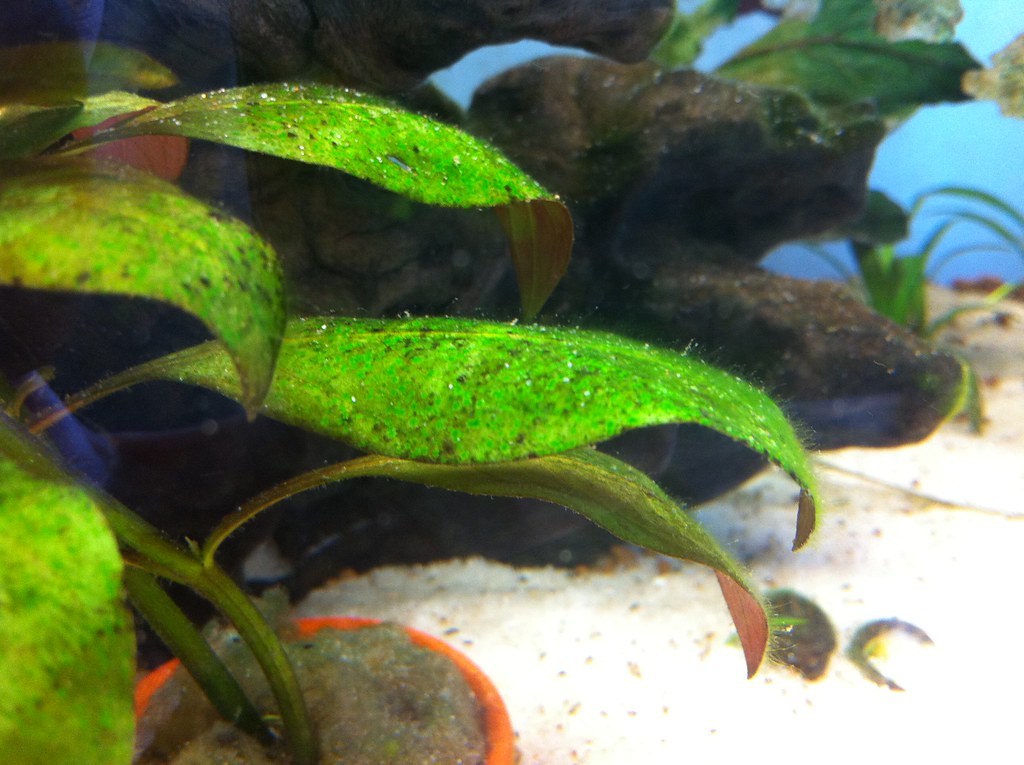lucavicini
Aquarium Advice Regular
Hello,
I started to notice these last few weeks an increase in red algae in my main tank. They appear as dark slimy spots on the edges of plant leafs, little by little extending on the leafs top surface.
I am wondering what is causing the algae proliferation. My water parameters are: ph7.8, nitrates 0, nitrites 0, ammonia 0, water hardness 18 gh.
What is your opinion?
Cheers
Luca
I started to notice these last few weeks an increase in red algae in my main tank. They appear as dark slimy spots on the edges of plant leafs, little by little extending on the leafs top surface.
I am wondering what is causing the algae proliferation. My water parameters are: ph7.8, nitrates 0, nitrites 0, ammonia 0, water hardness 18 gh.
What is your opinion?
Cheers
Luca

